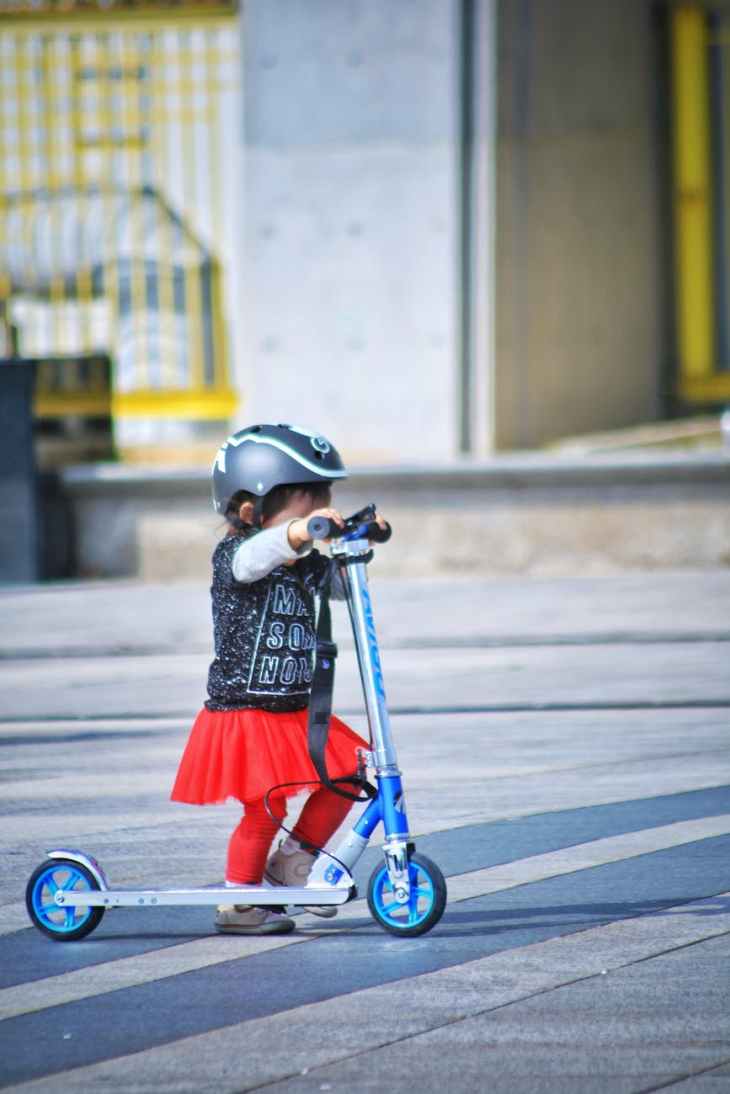
Unlike its counterpart Supervised learning, Unsupervised learning is when you have a data that you have no idea what it is, what structure the data has, how it can be split into common characteristics, and what is the best way to summarise the data. The task to find these is assigned to a machine.
So, how can this machine perform its task? The machine has two methods to accomplish the task; by organising the data into groups by common characteristics (i.e. Clustering), or by reducing the complexity of the data’s many characteristics but maintaining its key characteristics (known as Dimensionality reduction).
Thus, Unsupervised learning can be categorised into those methods. For each method, I added couple of means that are used regularly in Unsupervised learning.
- Clustering.
- k-means clustering: clustering the data into k groups.
- hierarchical clustering: clustering the data into hierarchy of clusters.
- Dimensionality reduction.
- principal component analysis (PCA): reducing a number of correlated basis vectors into smaller uncorrelated basis vectors.
- singular value decomposition (SVD): reducing a big matrix of data into several smaller matrices of data.
I appreciate any feedback that you may have after reading this post. Also if you think this will be beneficial to someone you know, do hit the share button or just the like button. Views expressed here are my own.
Jumpa lagi / See you later / Hasta la próxima / Bis bald
